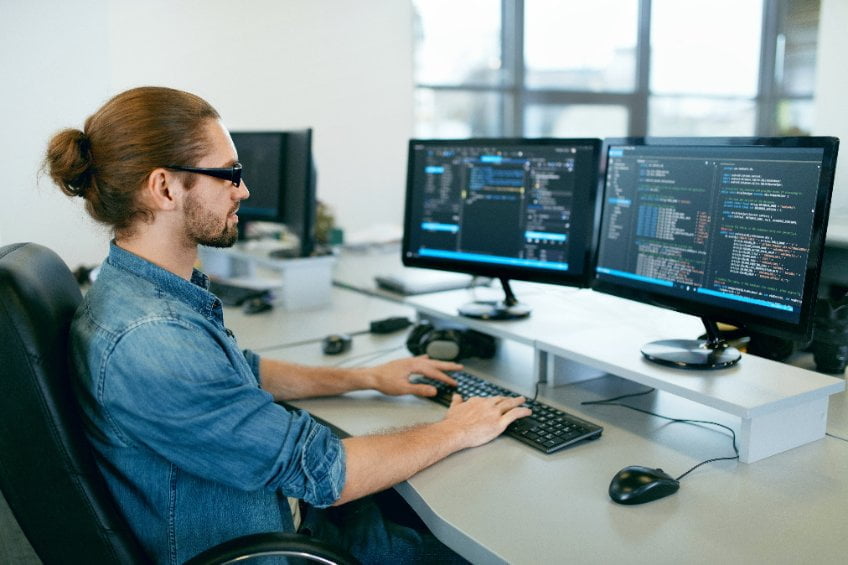6 Tips for your Lone Worker Check In Procedure

In the UK, Australia, New Zealand and Canadian provinces your employees must be monitored if they are working alone. Here are a few tips to help you, as an employer, to devise and establish a lone worker check in procedure.
1. Appoint a Monitor
You can appoint an employee as a monitor - they can respond to any emergencies or missed check ins. If there is only one contact person, ensure you have a back-up. You can also use Live Monitoring - where a call centre available 24/7 can respond to the emergency,
2. Create a Monitoring Plan
You should create a plan describing the movements of the employee or employees in question to determine when they will need monitoring.
3. Establish Check In Intervals
Your lone workers should check in at regular intervals. If they then miss a check in, their monitor can be alerted and make sure there are no problems. The interval would depend on how dangerous their working situation is, it could be anything from 30 minutes to every few hours. Find out how a lone worker app can help manage check ins.
4. Create a Code Word
Create a code word to identify your lone worker, in case they are attacked and their assailant knows enough to follow the procedure.
5. Have an Escalation Procedure
Have an escalation procedure ready in the event of the lone worker reporting an injury or not checking in.
6. Know your Lone Workers Location
For lone workers who are travelling to a work site or constantly in transit (truckers, for example) itâs important that you know their location. A lone worker app with GPS monitoring can help with this.
Want help with your lone worker check in procedure? Here at Ok Alone we have years of experience and our lone worker app and employee safety monitoring system make it easy to manage your employees check ins. Get started today with a 7 day free trial.
Book a Demo Today
Alternatively, get a free trial of the app
Want to try OK Alone? Click the button below and enter your details. It's free and no credit card is required.





